SUMMARY
This is AI generated summarization, which may have errors. For context, always refer to the full article.
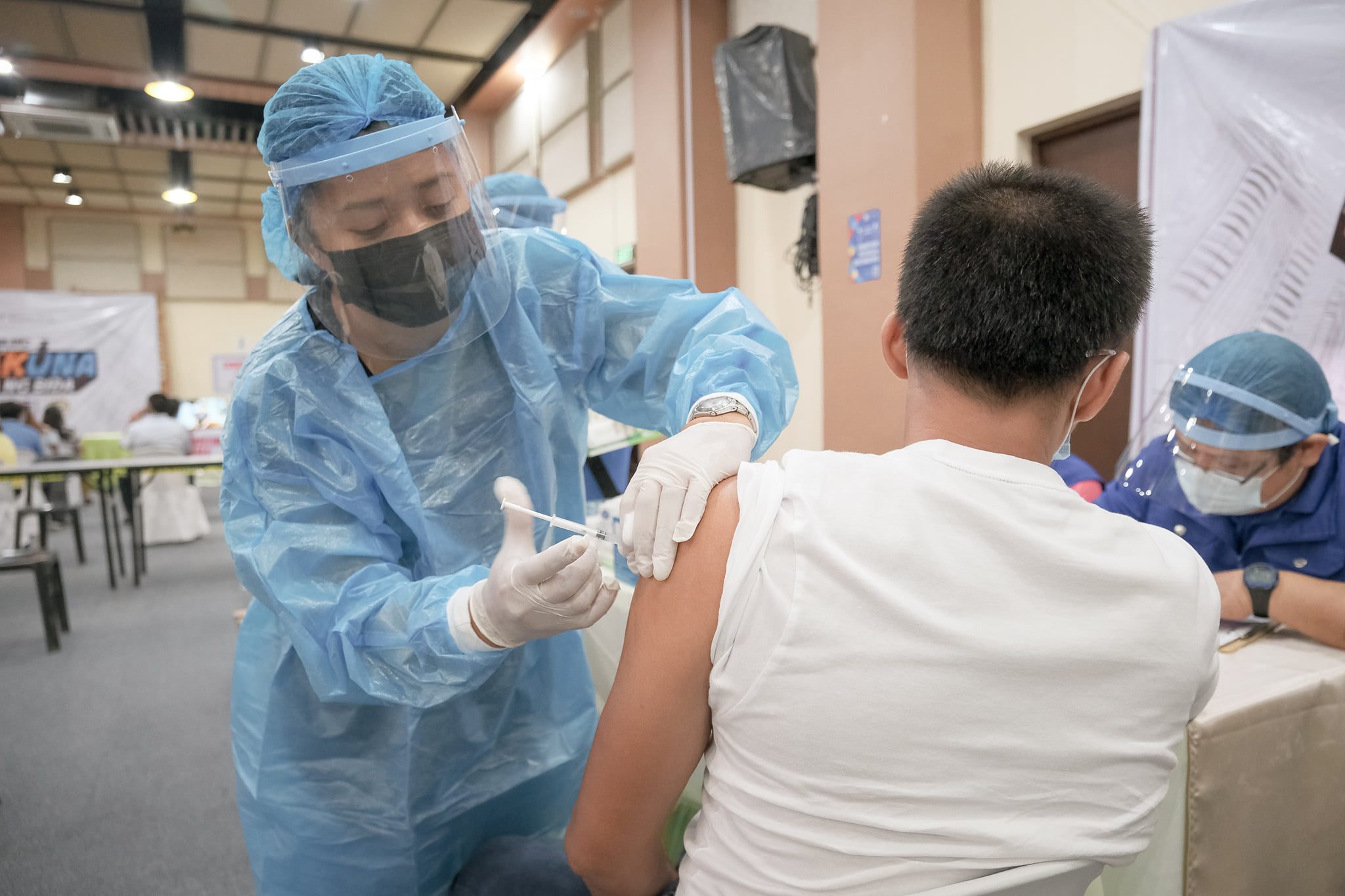
BACOLOD CITY, Philippines – Negros Occidental and Bacolod City have reached the peak of their fourth COVID-19 surge, with analysts in the province’s largest referral center noting a decline in cases.
Dr. Julius Drilon, the head of the Department of Health-managed Corazon Locsin Montelibano Memorial Regional Hospital (CLMMRH), shared with Rappler some findings by the facility’s statisticians and analysts on Thursday, February 3
“Our data suggests that our reproduction number is down to 1.39, meaning it has declined from the previous estimate of 3.07,” their message to the head of hospital said.
His announcement came on the same day that Dr. Ernell Tumimbang, the head of the Negros Occidental Provincial Health Office (PHO), medical specialist 3 Dr. Jessica Fama, and Dr. Rhoel Mogul, a PHO staff, tested positive for COVID-19.
The PHO said the three took rapid antigen tests after displaying coughing and other mild symptoms on Tuesday, February 2.
Stay vigilant
Drilon said the analysts also urged a step up in public awareness campaigns, especially on the need to comply with health protocols.
“Major takeaway: one of the major reasons observed and correlated to the current surge is the non-compliance of safety protocols,” their message said.
The CLMMRH head earlier said many infections among health workers are not hospital or work acquired. Tracking and monitoring indicate shared meals with friends, holiday parties, and the risks of public transportation among the causes of spread.
The downward trend in cases could also stall or reverse, Drilon added, if local government units become lax with testing and isolation programs.
Bacolod had 102 cases on February 2. But its two-week growth rate dropped to 99% after weeks of three-digit figures, with 130% on February 1 and 234% on January 30.
The city’s average daily attack rate (ADAR) also decreased to 26 per 100,000 population from 26.54 on February 1 and 27.38 on January 30. It’s positivity rate has stayed at 47% since January 30.
Negros Occidental recorded only 72 cases on February 2. It registered a 140% two-week growth rate, down from 169% on February 1 and 224% on January 30. Its 8.29 per 1000,000 population ADAR and 40% positivity rate stayed even in the same period.
Both local government units remain under Malacanang’s Interagency Task Force (IATF) Alert Level 3 until February 15.
The Department of Health on February 1 took out Bacolod from the list of areas with “critical” transmission risk to high risk, a level shared by the province.
Vax drive focus
While Negros Occidental acceded to the city’s request to replace RT-PCR tests for incoming travelers to rapid antigen tests, Governor Eugenio Jose Lacson is only allowing airlines two flights daily from the national capital region.
Lacson told reporters that Metro Manila’s Alert Level 2 designation is more a response to business leaders’ appeals than a real reflection of COVID-19 spread levels.
The capital’s positivity rate remains at 20%, much higher than the World Health Organization’s 5% threshold, he pointed out.
Lacson also ordered all of the province’s towns and cities to push their COVID-19 vaccine drives to meet coverage of the province’s target population soon.
The governor said only 60% of the target population is now fully vaccinated, with nine percent partially vaccinated.
The province’s total population is 2.62 million and 825,370 target population, which the DOH places at 70% of the total population. – Rappler.com
Add a comment
How does this make you feel?
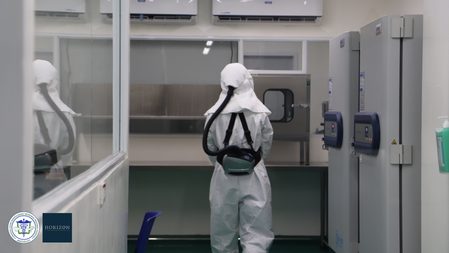


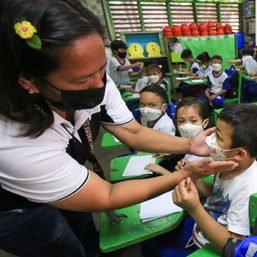

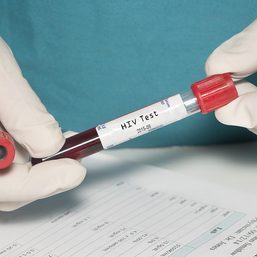
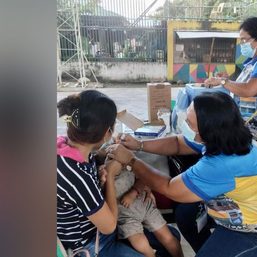





There are no comments yet. Add your comment to start the conversation.